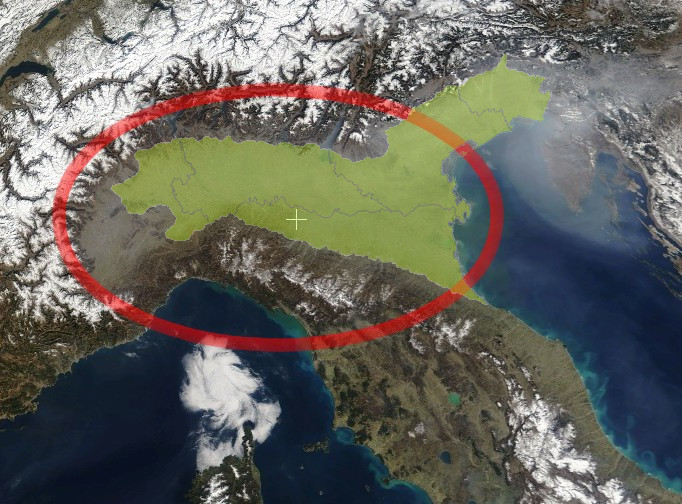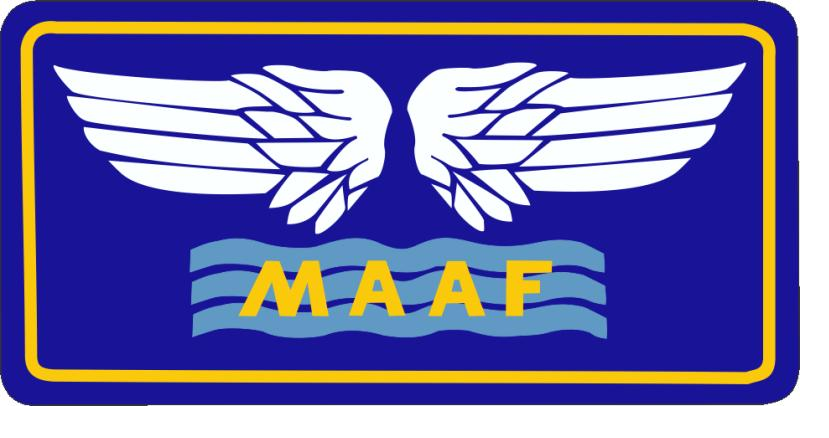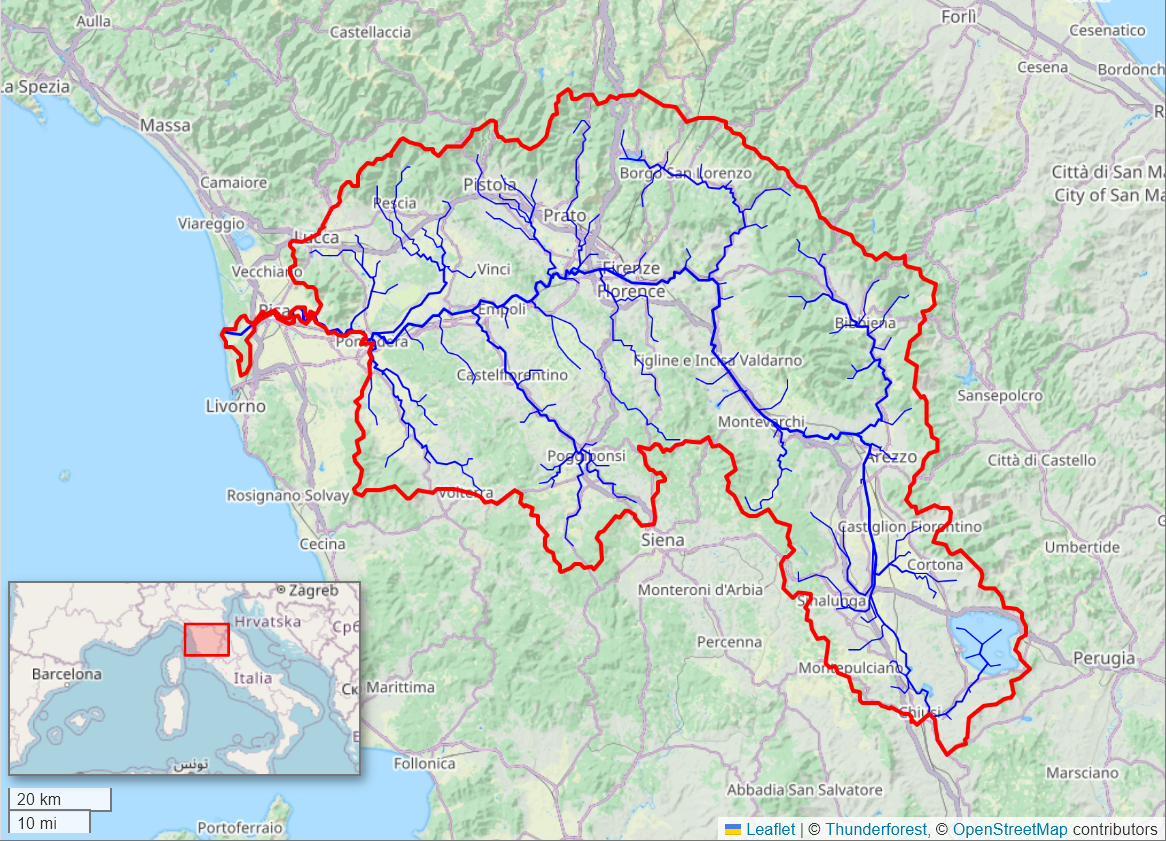|
2nd Fighter Training Squadron
The 2nd Fighter Training Squadron, sometimes written as 2d Fighter Training Squadron, is an active United States Air Force unit, assigned to the 325th Operations Group at Tyndall Air Force Base, Florida. Originally constituted in 1940 as the ''2nd Pursuit Squadron'', over the course of time the unit has been variously designated as, amongst others, the ''2nd Fighter All-Weather Squadron'', the ''2nd Fighter-Interceptor Squadron'', the ''2nd Fighter Weapons Squadron'', the ''2nd Tactical Fighter Training Squadron'', and the ''2nd Fighter Squadron''. It was redesignated the 2nd Fighter Training Squadron in 2014 and reactivated the same year. The squadron operates the Northrop T-38 Talon aircraft conducting adversary training for F-22 Raptor pilots in air superiority missions. History World War II Originally constituted as the 2d Pursuit Squadron on 20 November 1940, the squadron was activated on 15 January 1941. It served in World War II with the 52d Pursuit Group, and durin ... [...More Info...] [...Related Items...] OR: [Wikipedia] [Google] [Baidu] |
European Theater Of Operations
The European Theater of Operations, United States Army (ETOUSA) was a Theater (warfare), theater of Operations responsible for directing United States Army operations throughout the European theatre of World War II, from 1942 to 1945. It commanded Army Ground Forces (AGF), United States Army Air Forces (USAAF), and Army Service Forces (ASF) operations north of Italy and the Mediterranean coast. It was bordered to the south by the North African Theater of Operations, United States Army (NATOUSA), which later became the Mediterranean Theater of Operations, United States Army (MTOUSA). The term ''theater of operations'' was defined in the US Army field manuals as ''the land and sea areas to be invaded or defended, including areas necessary for administrative activities incident to the military operations''. In accordance with the experience of World War I, it was usually conceived of as a large land mass over which continuous operations would take place and was divided into two chie ... [...More Info...] [...Related Items...] OR: [Wikipedia] [Google] [Baidu] |
Distinguished Unit Citation
The Presidential Unit Citation (PUC), originally called the Distinguished Unit Citation, is awarded to units of the uniformed services of the United States, and those of allied countries, for extraordinary heroism in action against an armed enemy on or after 7 December 1941 (the date of the Attack on Pearl Harbor and the start of American involvement in World War II). The unit must display such gallantry, determination, and ''esprit de corps'' in accomplishing its mission under extremely difficult and hazardous conditions so as to set it apart from and above other units participating in the same campaign. Since its inception by President Franklin D. Roosevelt with the signing of Executive Order 9075 on 26 February 1942, retroactive to 7 December 1941, to 2008, the Presidential Unit Citation has been awarded in conflicts such as World War II, the Korean War, the Vietnam War, Iraq War, and the War in Afghanistan. The collective degree of valor (combat heroism) against an arme ... [...More Info...] [...Related Items...] OR: [Wikipedia] [Google] [Baidu] |
Po Valley
The Po Valley, Po Plain, Plain of the Po, or Padan Plain (, , or ) is a major geographical feature of northern Italy. It extends approximately in an east-west direction, with an area of including its Venetian Plain, Venetic extension not actually related to the Po (river), Po basin; it runs from the Western Alps to the Adriatic Sea. The flatlands of Veneto and Friuli are often considered apart since they do not drain into the Po, but they effectively combine into an unbroken plain, making it the largest in Southern Europe. It has a population of 17 million, or a third of Italy's total population. The plain is the surface of an in-filled system of ancient canyons (the "Apennine Foredeep") extending from the Apennine Mountains, Apennines in the south to the Alps in the north, including the northern Adriatic. In addition to the Po and its affluents, the contemporary surface may be considered to include the Savio (river), Savio, Lamone (river), Lamone and Reno (river), Reno to the ... [...More Info...] [...Related Items...] OR: [Wikipedia] [Google] [Baidu] |
Central Europe
Central Europe is a geographical region of Europe between Eastern Europe, Eastern, Southern Europe, Southern, Western Europe, Western and Northern Europe, Northern Europe. Central Europe is known for its cultural diversity; however, countries in this region also share some historical and cultural similarities. The region is variously defined, but it’s minimum definition could be considered of consisting of Austria, Bosnia and Herzegovina, Croatia, the Czech Republic, eastern France, Germany, Liechtenstein, Luxembourg, Poland, Slovakia, Slovenia and Switzerland. But also the Baltic States, the Alsace in north-east France, and South Tyrol, northern Belluno , and Friuli-Venezia Giulia in north-east Italy are culturally usually considered to be part of Central Europe. From the early 16th century until the early 18th century, parts of Croatia and Hungary were ruled by the Ottoman Empire. During the 17th century, the empire also occupied southern parts of present-day Slovakia. During ... [...More Info...] [...Related Items...] OR: [Wikipedia] [Google] [Baidu] |
Rhineland
The Rhineland ( ; ; ; ) is a loosely defined area of Western Germany along the Rhine, chiefly Middle Rhine, its middle section. It is the main industrial heartland of Germany because of its many factories, and it has historic ties to the Holy Roman Empire, Prussia, and the German Empire. Term Historically, the term "Rhinelands" refers to a loosely defined region encompassing the land on the banks of the Rhine, which were settled by Ripuarian Franks, Ripuarian and Salian Franks and became part of Frankish Austrasia. In the High Middle Ages, numerous Imperial States along the river emerged from the former stem duchy of Lotharingia, without developing any common political or cultural identity. A "Rhineland" conceptualization can be traced to the period of the Holy Roman Empire from the sixteenth until the eighteenth centuries when the Empire's Imperial Estates (territories) were grouped into regional districts in charge of defense and judicial execution, known as Imperial Circ ... [...More Info...] [...Related Items...] OR: [Wikipedia] [Google] [Baidu] |
Apennines
The Apennines or Apennine Mountains ( ; or Ἀπέννινον ὄρος; or – a singular with plural meaning; )Latin ''Apenninus'' (Greek or ) has the form of an adjective, which would be segmented ''Apenn-inus'', often used with nouns such as ("mountain") or Greek (), but ''Apenninus'' is just as often used alone as a noun. The ancient Greeks and Romans typically but not always used "mountain" in the singular to mean one or a range; thus, "the Apennine mountain" refers to the entire chain and is translated "the Apennine mountains". The ending can vary also by gender depending on the noun modified. The Italian singular refers to one of the constituent chains rather than to a single mountain, and the Italian plural refers to multiple chains rather than to multiple mountains. are a mountain range consisting of parallel smaller chains extending the length of peninsular Italy. In the northwest they join the Ligurian Alps at Altare. In the southwest they end at Reggio di ... [...More Info...] [...Related Items...] OR: [Wikipedia] [Google] [Baidu] |
Operation Dragoon
Operation Dragoon (initially Operation Anvil), known as Débarquement de Provence in French ("Provence Landing"), was the code name for the landing operation of the Allies of World War II, Allied invasion of Provence (Southern France) on 15August 1944. Although initially designed to be executed in conjunction with Operation Overlord, the June 1944 Normandy landings, Allied landing in Normandy, the lack of enough resources led to the cancellation of the second landing. By July 1944 the landing was reconsidered, as the clogged-up ports in Normandy did not have the capacity adequately to supply the Allied forces. Concurrently, the high command of the French Liberation Army pushed for a revival of the operation, which would involve large numbers of French troops. As a result, the operation was finally approved in July to be executed in August. The invasion sought to secure the vital ports on the French Mediterranean coast and increase pressure on the German forces by opening another ... [...More Info...] [...Related Items...] OR: [Wikipedia] [Google] [Baidu] |
Normandy
Normandy (; or ) is a geographical and cultural region in northwestern Europe, roughly coextensive with the historical Duchy of Normandy. Normandy comprises Normandy (administrative region), mainland Normandy (a part of France) and insular Normandy (mostly the British Channel Islands). It covers . Its population in 2017 was 3,499,280. The inhabitants of Normandy are known as Normans; the region is the historic homeland of the Norman language. Large settlements include Rouen, Caen, Le Havre and Cherbourg-en-Cotentin, Cherbourg. The cultural region of Normandy is roughly similar to the historical Duchy of Normandy, which includes small areas now part of the departments of Mayenne and Sarthe. The Channel Islands (French: ''Îles Anglo-Normandes'') are also historically part of Normandy; they cover and comprise two bailiwicks: Bailiwick of Guernsey, Guernsey and Jersey, which are British Crown Dependencies. Normandy's name comes from the settlement of the territory by Vikings ( ... [...More Info...] [...Related Items...] OR: [Wikipedia] [Google] [Baidu] |
Arno
The Arno is a river in the Tuscany region of Italy. It is the most important river of central Italy after the Tiber. Source and route The river originates on Monte Falterona in the Casentino area of the Apennines, and initially takes a southward curve. The river turns to the west near Arezzo passing through Florence, Empoli and Pisa, flowing into the Ligurian Sea at Marina di Pisa. With a length of , it is the largest river in the region. It has many tributaries: Sieve at long, Bisenzio at , Ombrone Pistoiese at , and the Era, Elsa, Pesa, and Pescia. The drainage basin amounts to more than and drains the waters of the following subbasins: *The Casentino, in the province of Arezzo, formed by the upper course of the river until its confluence with the Maestro della Chiana channel. *The Val di Chiana, a plain drained in the 18th century, which until then had been a marshy area tributary of the Tiber. *The upper Valdarno, a long valley bordered on the east by the Pr ... [...More Info...] [...Related Items...] OR: [Wikipedia] [Google] [Baidu] |
Rome
Rome (Italian language, Italian and , ) is the capital city and most populated (municipality) of Italy. It is also the administrative centre of the Lazio Regions of Italy, region and of the Metropolitan City of Rome. A special named with 2,746,984 residents in , Rome is the list of cities in the European Union by population within city limits, third most populous city in the European Union by population within city limits. The Metropolitan City of Rome Capital, with a population of 4,223,885 residents, is the most populous metropolitan cities of Italy, metropolitan city in Italy. Rome metropolitan area, Its metropolitan area is the third-most populous within Italy. Rome is located in the central-western portion of the Italian Peninsula, within Lazio (Latium), along the shores of the Tiber Valley. Vatican City (the smallest country in the world and headquarters of the worldwide Catholic Church under the governance of the Holy See) is an independent country inside the city boun ... [...More Info...] [...Related Items...] OR: [Wikipedia] [Google] [Baidu] |
Foggia
Foggia (, ; ; ) is a city and ''comune'' (municipality) of Apulia, in Southern Italy, capital of the province of Foggia. In 2013, its population was 153,143. Foggia is the main city of a plain called Tavoliere delle Puglie, Tavoliere, also known as the "granary of Italy". History The name "''Foggia''" (originally ''Focis'') probably derives from Latin "''fovea''", meaning "''pit''", referring to the pits where wheat was stored. The name's etymology remains uncertain however, as it could as well stem from "''Phocaea''", or possibly probably from the Medieval Greek word for "''fire''", which is "''fotia''", as according to legend the original settlers of the 11th century AD were peasants, allegedly after having [miraculously] discovered there a panel portraying the Madonna Nicopeia, on which three flames burnt. The area had been settled since Neolithic times, and later on a Dauni, Daunian settlement known as Arpi (in Greek ''Argos Hippium'' or ''Ἀργόριππα'') existed ne ... [...More Info...] [...Related Items...] OR: [Wikipedia] [Google] [Baidu] |






